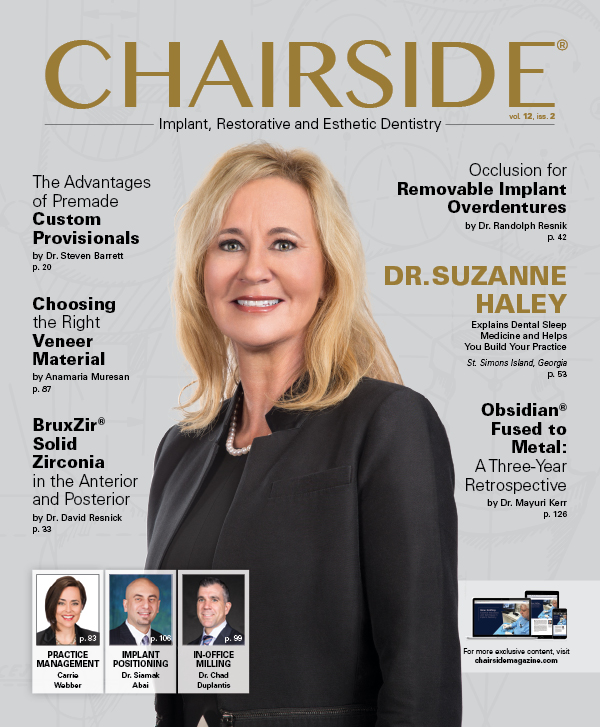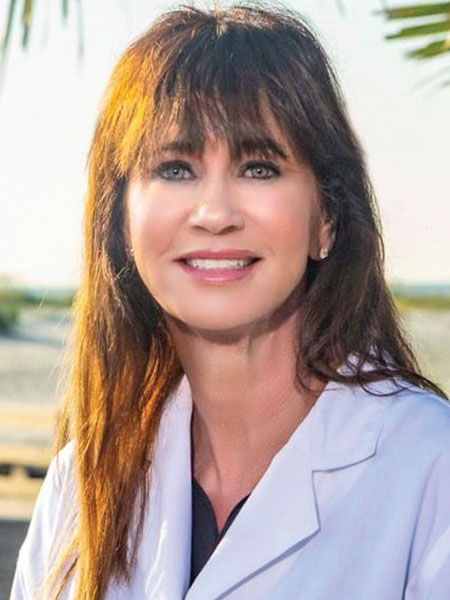Product Spotlight: Dental Sleep Appliances

A rapidly increasing number of dentists are finding that incorporating the treatment of sleep disorders into their practice fits in with their goal of improving the overall health of their patients (see the article on dental sleep medicine by Dr. Suzanne Haley here). Oral appliance therapy is a well-established method for the treatment of snoring and obstructive sleep apnea (OSA) caused by a constricted or collapsed airway, which can be screened for in the dental office and diagnosed by a physician.1 By bringing the lower jaw or tongue forward to open the airway, dental sleep appliances have demonstrated improvement in various health outcome measures, such as daytime sleepiness and blood pressure.2 Many patients prefer mandibular repositioning therapy to continuous positive airway pressure (CPAP) therapy,3 and this patient preference provides an excellent opportunity for dentists to become involved in the rapidly growing field of sleep medicine.
Dental sleep appliances have demonstrated improvement in various health outcome measures, such as daytime sleepiness and blood pressure.
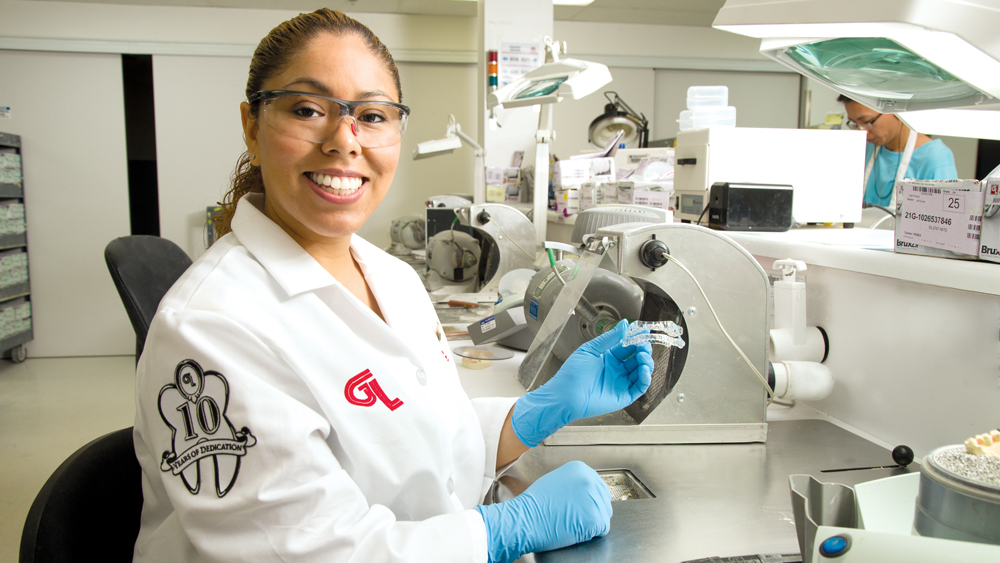
Customized sleep appliances are fabricated using the highest-quality materials for durability, comfort and patient satisfaction.
TABLE 1: DENTAL SLEEP APPLIANCE OPTIONS

The Silent Nite sl appliance exhibits clinical success in mitigating or even preventing the disruptive, unhealthy effects of snoring and sleep apnea. Flexible, thin and comfortable for patients, the dental sleep appliance positions the lower jaw forward using Side-Link connectors that are attached to upper and lower trays. These trays are composed of a soft inner layer with a hard outer layer that is durable and BPA-free. The high-quality, strong connectors are easily interchangeable by the patient.
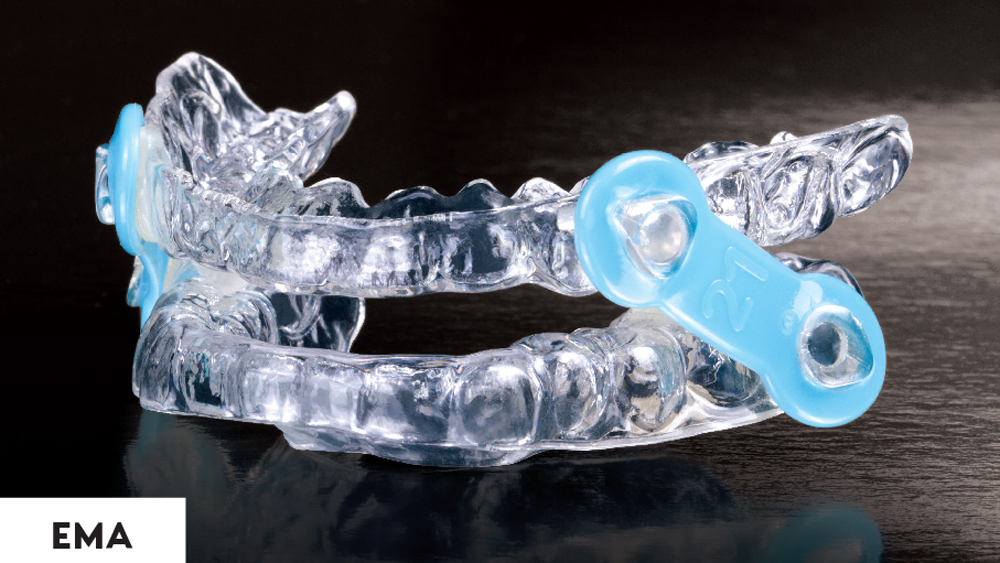
The EMA (Elastic Mandibular Advancement) appliance helps promote a deeper, more restful sleep by preventing snoring and relieving the symptoms of OSA. The oral appliance is designed to both advance the mandible and open the bite to allow for less restricted airflow during sleep. It has many options for advancement, with nine strap lengths and four different elastic tension options, indicated by color.
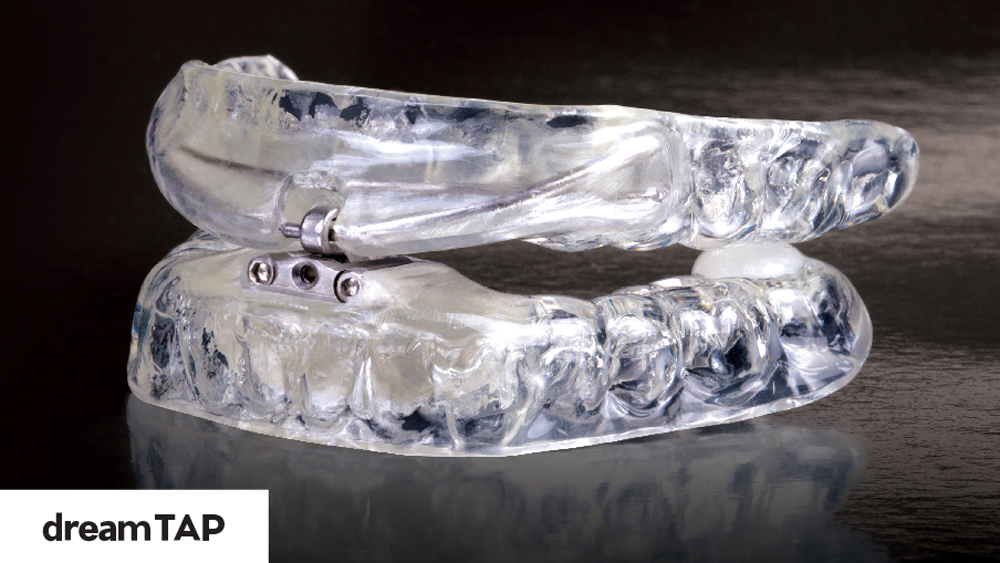
The dreamTAP (Thornton Adjustable Positioner) appliance holds the lower jaw in a forward position, maintaining a clear airway to reduce snoring and improve breathing. Three hook sizes offer increased range of adjustment, and the use of Cr-Co alloy prevents corrosion and discoloration of the dreamTAP device. An adjustment key enables the patient to modify the lower jaw’s protrusion until a comfortable, effective position is achieved.
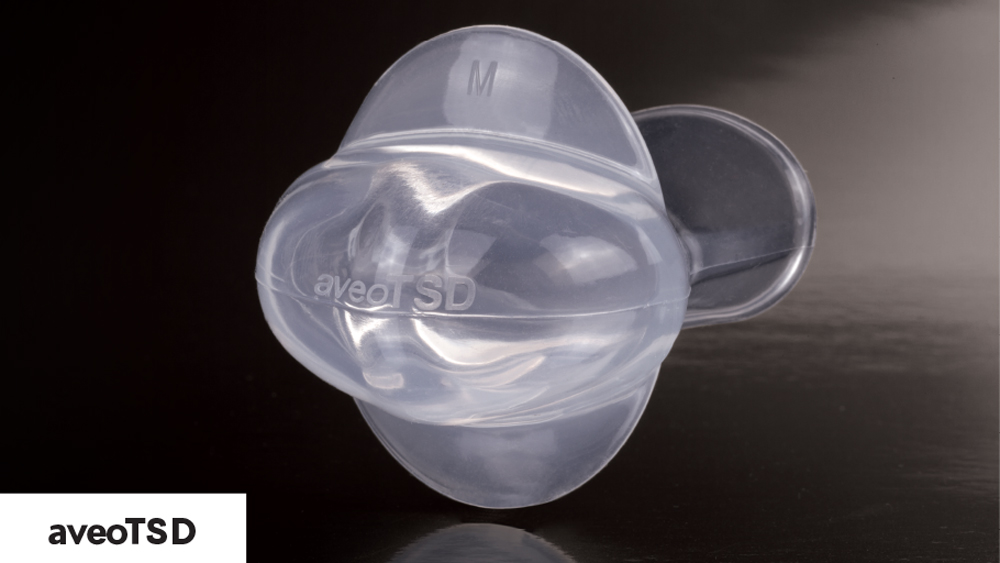
The aveoTSD (Tongue Stabilizing Device) appliance is a simple, low-cost treatment for snoring. While traditional mandibular advancement devices indirectly move the tongue forward by protruding the mandible, the aveoTSD device gently suctions onto the tongue, preventing it from settling back into the throat and obstructing the airway. Unlike other appliances, it can be worn by edentulous patients and patients who suffer from TMJ.

HOW TO SELECT THE CORRECT DENTAL SLEEP APPLIANCE
To select the correct appliance for each patient, Dr. Suzanne Haley, a recognized expert in sleep dentistry, suggests that doctors consider the following at the treatment appointment:
- Tongue space
- Airway opening
- Comfort of the appliance
- Durability of the appliance
- Ability of the appliance to keep the lips together
With many solutions for providing dental sleep therapy to patients, here are some key takeaways for each appliance:
- The Silent Nite sl appliance is used to treat snoring and mild or moderate sleep apnea. The device is made from a soft/hard frame that is durable, BPA-free and very comfortable for the patient. “The appliance is designed to position the mandible forward by using Side-Link connectors that are attached to both the upper and lower trays,” said Dr. Haley. “Silent Nite is perfect for snorers and mild sleep apnea; it’s not for heavy bruxers.”
- The EMA appliance is used to treat both snoring and mild or moderate sleep apnea. The appliance opens the patient’s bite and moves the mandible forward. “The elastic straps aid in keeping the mouth closed, advancing the mandible, and allowing lateral movement,” explained Dr. Haley. “The EMA allows tongue space and is not recommended for heavy bruxers.”
- The dreamTAP appliance is also used for the treatment of snoring and OSA, with a design that affords more tongue space for the patient. The device offers three hook sizes to increase the range of adjustment. “This appliance is perfect for snorers, as well as mild, moderate or severe OSA patients — particularly those who may be CPAP-intolerant,” said Dr. Haley. “It’s perfect for bruxers and grinders.”
- Finally, the aveoTSD tongue-stabilizing device is used to treat snoring. Available in three sizes, it gently suctions the patient’s tongue, preventing it from settling back into the throat and obstructing the airway. “This is a great appliance for snorers and patients in orthodontics,” said Dr. Haley. “No impressions are needed, and it’s delivered on the same day as the appointment. It’s perfect for snorers.”
Oral appliance therapy has inspired many dentists to offer a holistic approach to patient care. Whether the patient requires treatment for snoring or OSA, dentists are successfully implementing dental sleep medicine into their practices.
References
- ^About dental sleep medicine [internet]. Darien: American Academy of Dental Sleep Medicine [updated 2015 Aug 7; cited 2017 June 29]. Available from: https://www.aadsm.org/whatisdentalsleepmedicine.aspx.
- ^Sutherland K, Phillips CL, Cistulli PA. Efficacy versus effectiveness in the treatment of obstructive sleep apnea: CPAP and oral appliances. J Dent Sleep Med. 2015 Apr;2(4):175-81.
- ^Downey III R, Gold PM, Rowley JA, Wickramasinghe H. Obstructive sleep apnea treatment and management [internet]. New York: Medscape [updated 2017 Jan 27; cited 2017 June 29]. Available from: https://emedicine.medscape.com/article/295807-treatment#d10.

